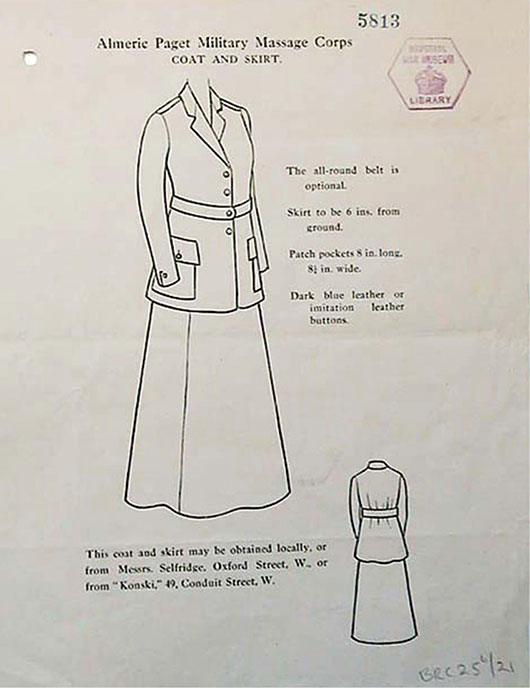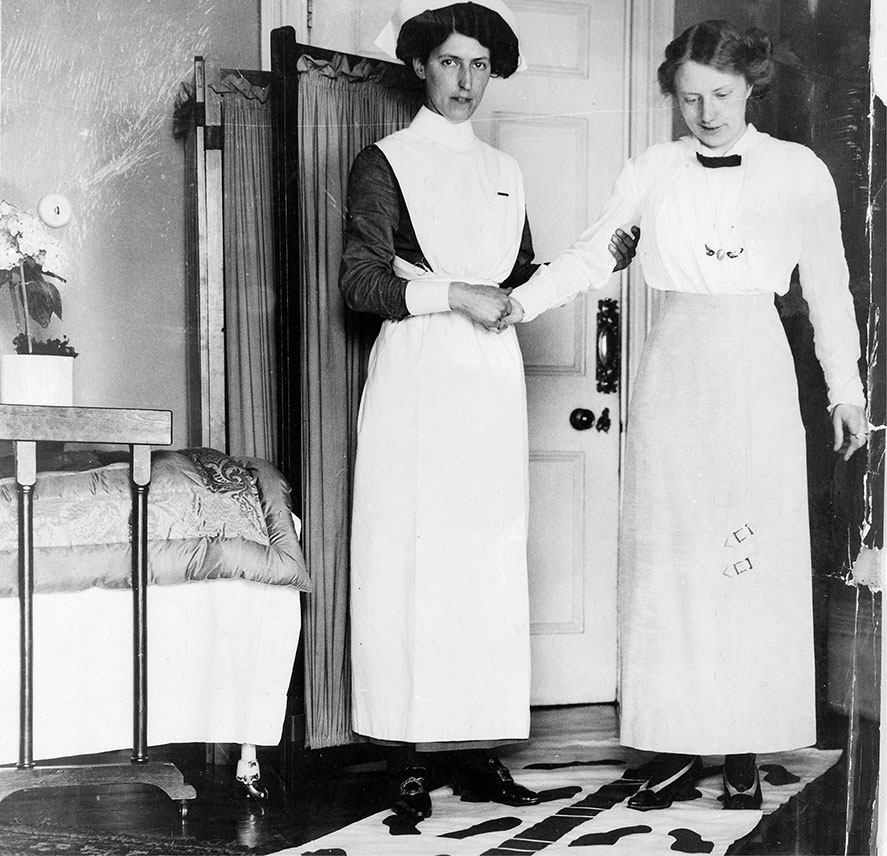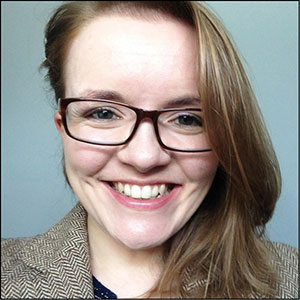INHistory
History of Physiotherapy
There are few professions around today which have their roots as far back as physiotherapy. I’ve worked as a physiotherapist in busy London, often following in the footsteps of Nonnatus midwives as I visited patients in their own homes and worked in the community to bring a little life back to this part of the body or the other. So here’s my quick guide to a very retrospective profession:
It is believed that physiotherapy was used as far back as 460BC, when early physicians used manual techniques and Hippocrates advocated massage and hydrotherapy. Physiotherapy has been developing since then. The earliest documented origins of physiotherapy as a professional group date back to 1813 when Per Henrik Ling, “Father of Swedish Gymnastics” founded the Royal Central Institute of Gymnastics for manipulation and exercise. Physiotherapists, or masseurs as they were known at the time, were initially a branch of the nursing profession. By 1887 physiotherapists had been given official registration by Sweden’s National Board of Health and Welfare. This led the way for other countries.
In Britain, modern physiotherapy was to become established in response to global events which called for rapid advances in therapy for physical problems. The Society of Trained Masseuses had been formed in 1894 by four nurses. Their aim had been to protect the good name of their profession, following a series of newspaper articles warning the public of people offering massage as a euphemism for other services!











